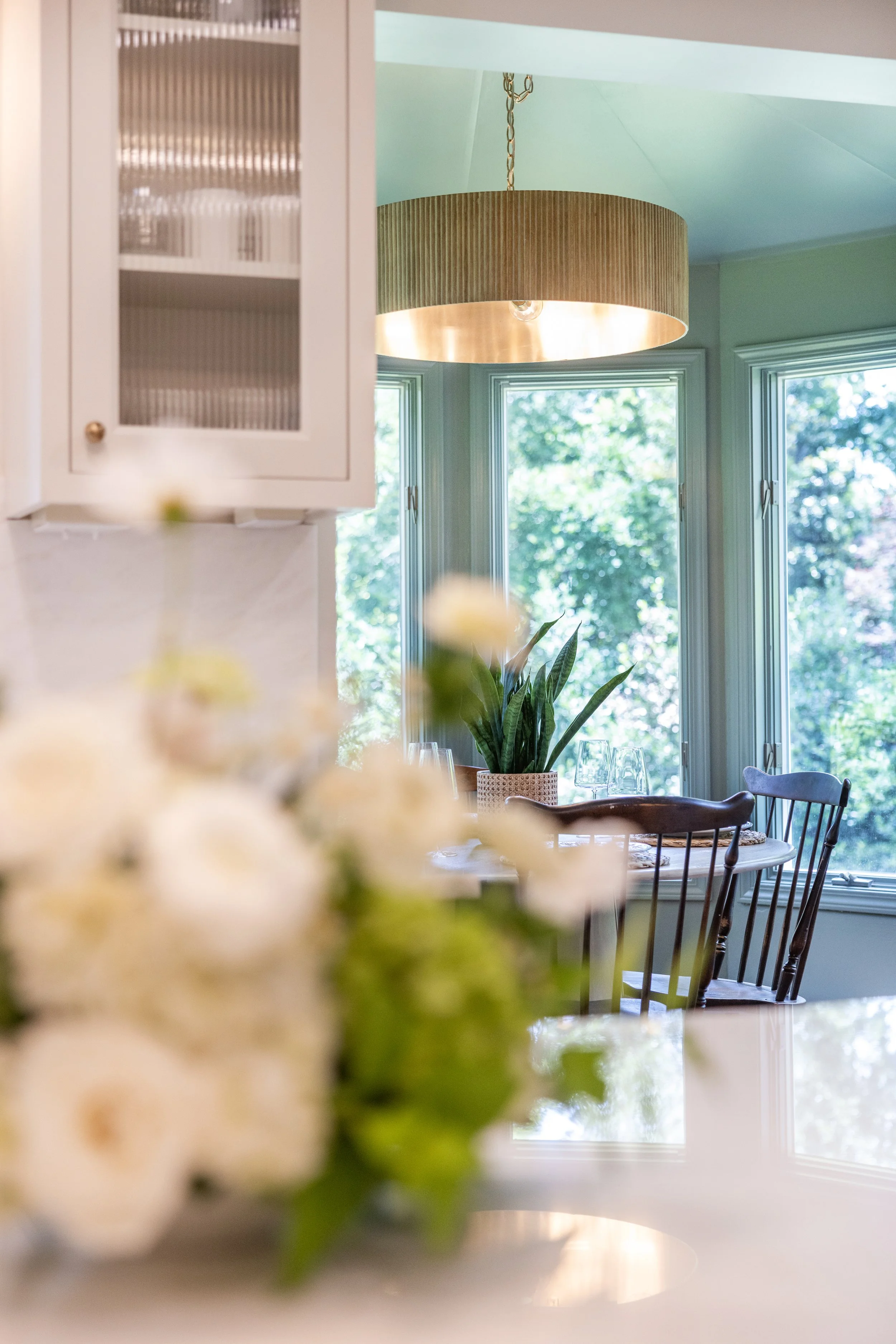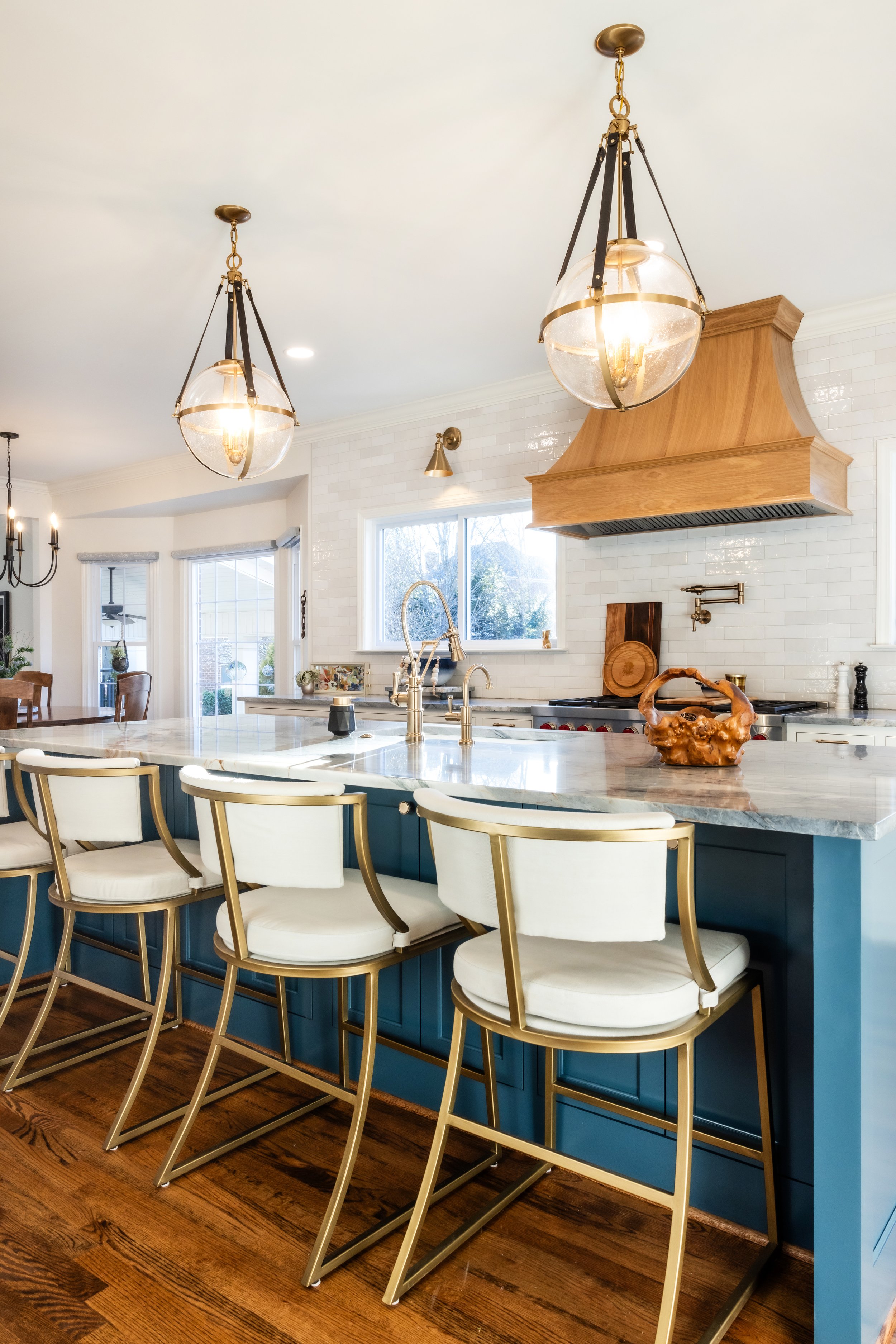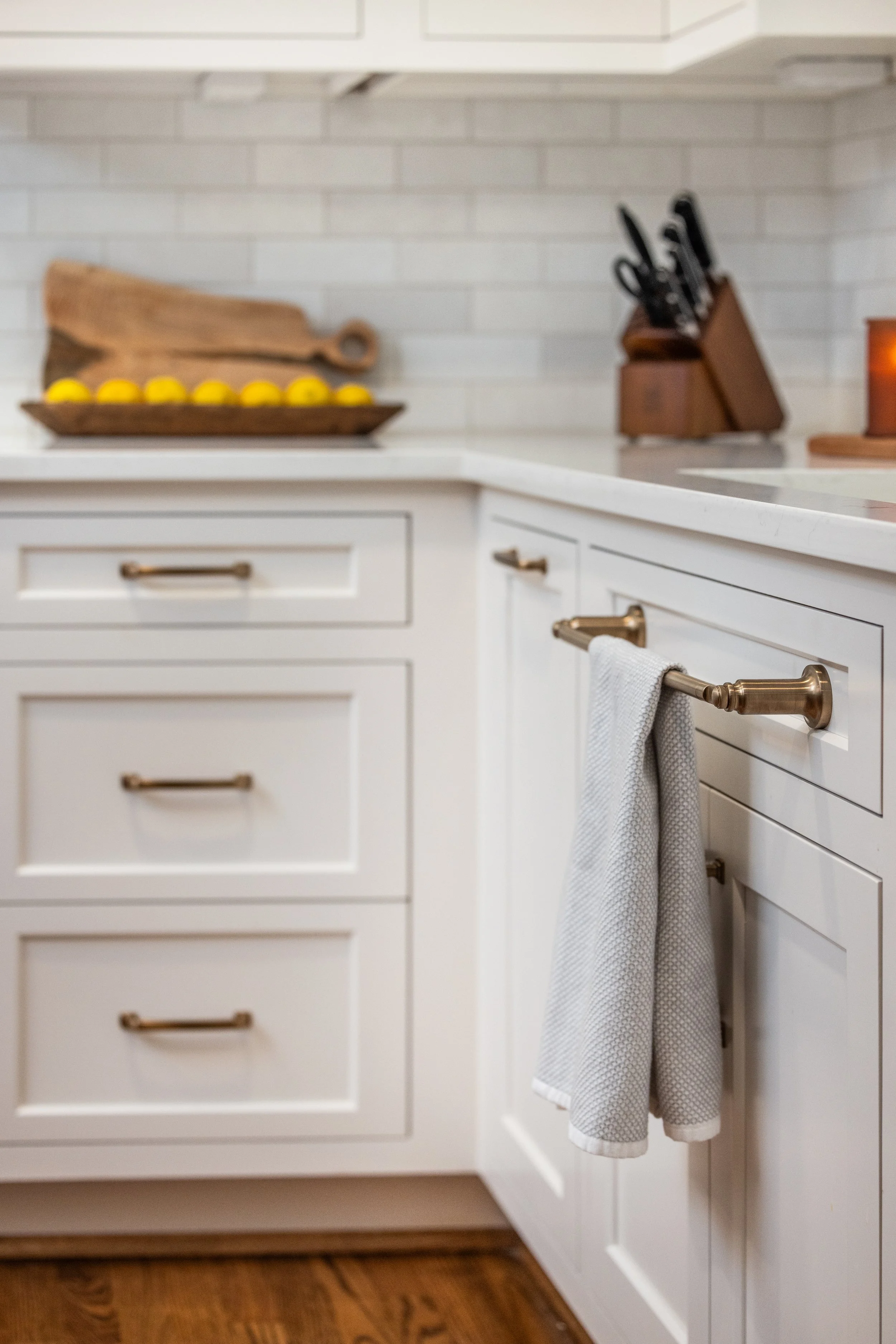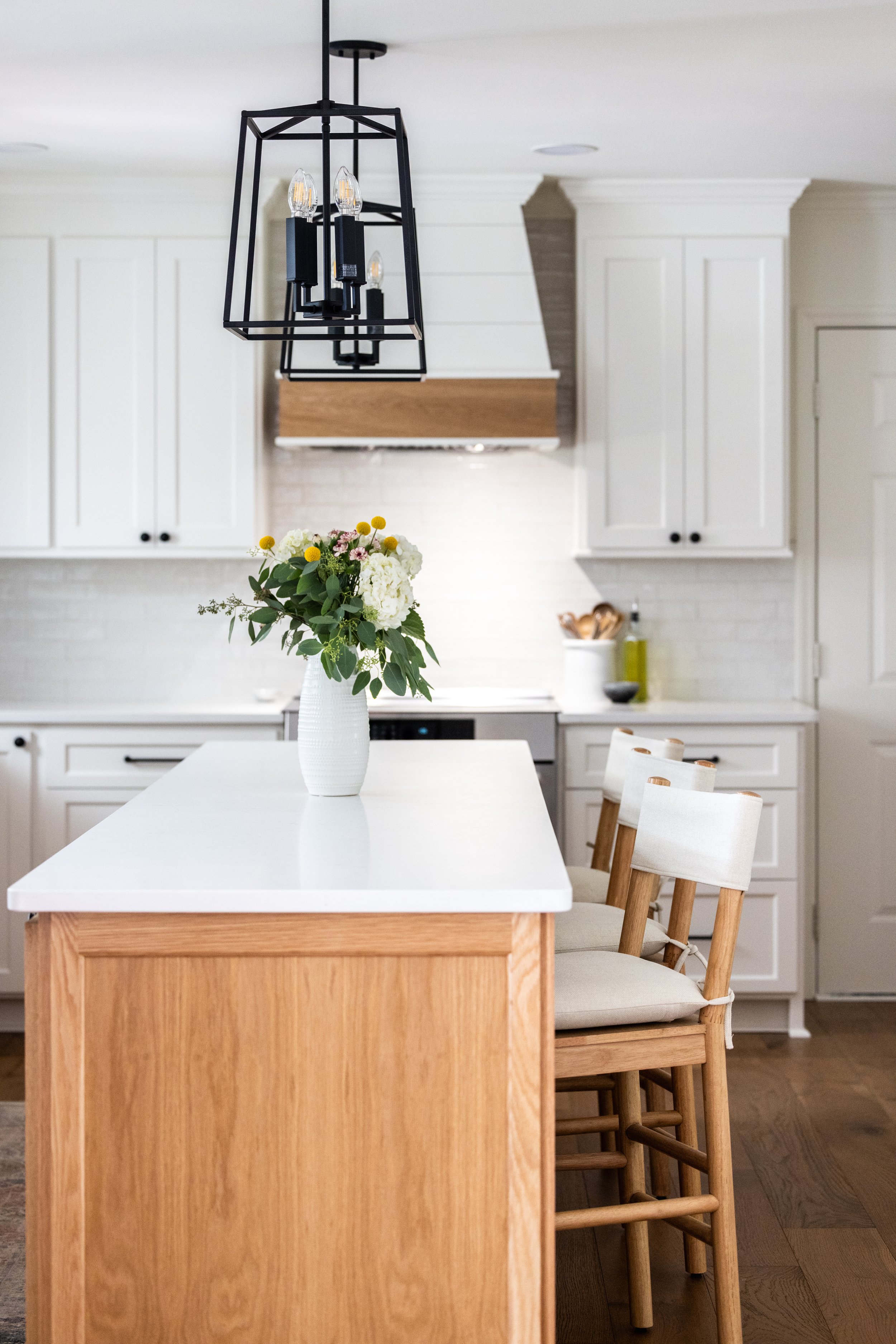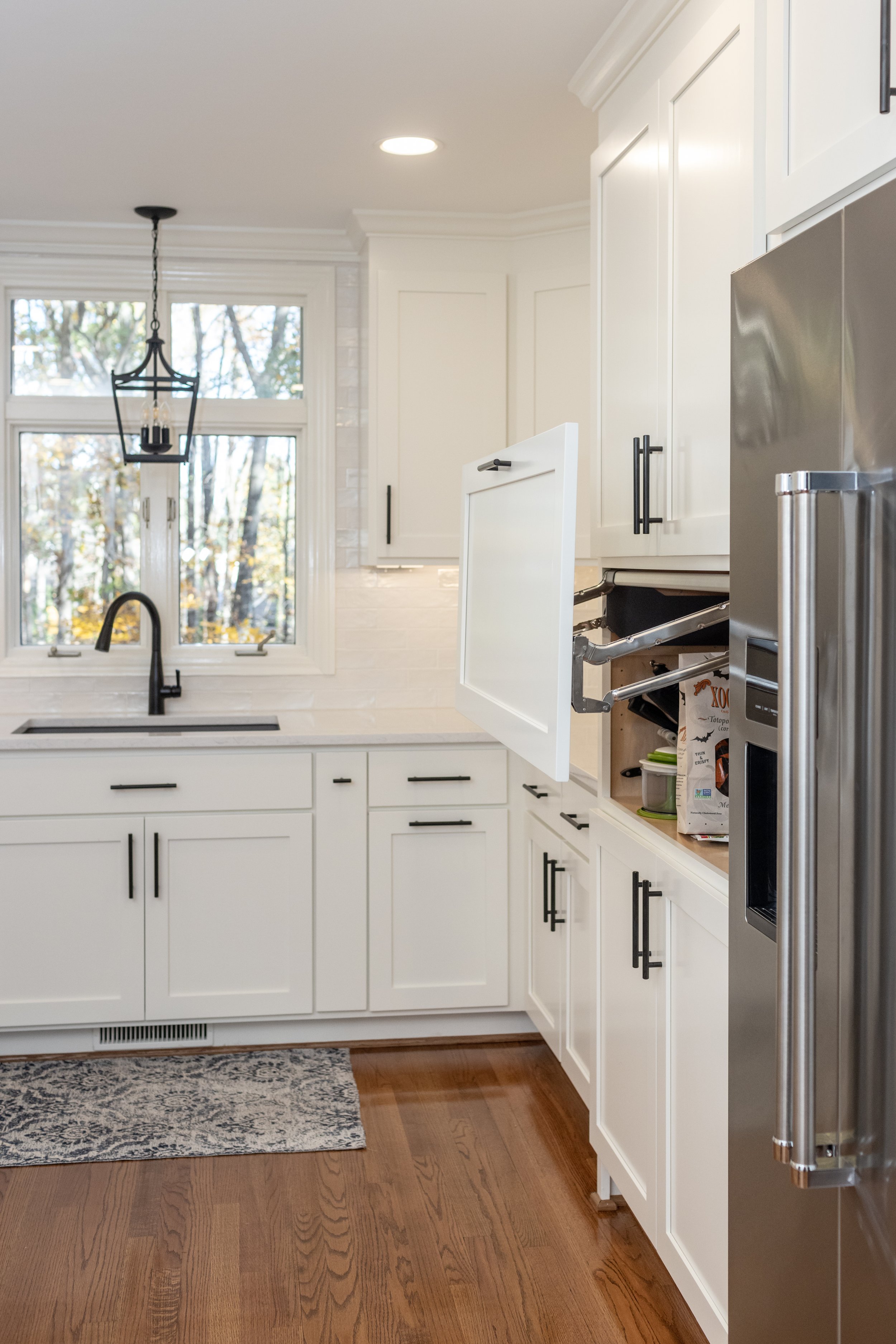Design-Build vs Design-Bid-Build vs General Contractors: What’s the difference?
When it comes to planning a home renovation or construction project, choosing the right project delivery method can make all the difference. One increasingly popular option is design-build — a streamlined approach that can save time, money, and stress. Let’s dive into what the design-build process involves and how it compares to other traditional project delivery methods like design-bid-build and hiring a general contractor.
What Is a Design-Build Process?
Simply put, design-build is a project delivery method where the homeowner contracts a single company to handle both the design and construction phases of their renovation. Instead of hiring a designer and builder separately, a design-build firm combines both services under one roof.
This integrated approach offers several benefits:
Streamlined Communication: Having the designer and builder on the same team keeps communication open and efficient.
Single Contract and Budget: Clients enjoy the simplicity of one contract and a cohesive budget for the entire project.
Greater Accountability: A unified team fosters responsibility and collaboration among all parties.
Focused Pre-Construction Planning: The design-build process emphasizes thorough planning upfront. Clients finalize designs, material selections, budgets, and contracts before construction begins, helping avoid unexpected delays, costly change orders, or hidden fees down the road.
By investing a little more time during the pre-construction phase, homeowners can save significant time and money during the actual build.
How Does Design-Build Differ from Traditional Methods?
To better understand why design-build is gaining traction, it helps to compare it to other common project delivery methods: design-bid-build and hiring a general contractor.
Design-Build vs. Design-Bid-Build
Design-bid-build is the traditional method used in residential construction. Here’s how it typically works:
The homeowner first hires a designer or architect to create the plans.
Once the drawings are complete, construction companies are invited to bid on the project.
The homeowner selects a contractor, usually based on cost.
While this method may seem straightforward, it often leads to several challenges:
Uncertain Budgeting: Homeowners don’t have a clear understanding of construction costs until after the design is complete.
Time Delays: If bids come back higher than expected, the homeowner must pay the architect to revise plans — a loop that can drag on for months (or even years).
Communication Issues: Separate contracts for the designer and contractor mean the homeowner becomes the middleman. This can cause finger-pointing between parties when issues arise, such as going over budget or project delays.
While design-bid-build is well-suited for large government-funded projects where budget sensitivity is critical and time sensitivity is not, it often proves inefficient and frustrating for typical residential renovations.
Design-Build vs. General Contractors
The term general contractor (GC) is widely used in the construction industry and covers a broad range of services. A general contractor can be:
A single individual handling small projects,
Or a large company managing big developments by overseeing subcontractors.
General contractors focus on executing the build according to the plans provided—whether they are detailed architectural blueprints or even just rough sketches.
Here’s where general contractors differ from design-build firms:
Design Support: General contractors typically do not offer design services. Any design work must be completed beforehand by a separate architect or designer.
Scope of Projects: Independent GCs are ideal for small projects with minimal design needs. Larger GCs often manage multiple projects of similar style at once.
Integration: Design-build companies are contractors too — but with an in-house design team, they can offer more creative solutions, foster better communication, and maintain efficient workflows between designers, project managers, and clients.
In short, while general contractors excel at building, design-build firms offer a seamless experience from concept to completion.
Is Design-Build Right for Your Project?
If you’re looking for a renovation or construction process that minimizes risk, promotes collaboration, and offers a clear path from idea to reality, design-build might be your ideal choice. It’s especially beneficial for homeowners who value:
Cost predictability
Clear communication
Creative, tailored designs
Timely project completion
Before starting your next home renovation, consider whether working with a design-build firm could be the smarter, smoother path to achieving your dream home.
Kitchen Remodel Gallery
Before & After
If you’re a homeowner located in Upstate, South Carolina and looking to renovate, our Design-Build process may be the missing piece to turn your house into your dream home. Contact us today!
Selections
Island is painted Benjamin Moore Smoke (2122-40).
Cabinets and Trim are painted Benjamin Moore Chantilly Lace(OC-65).
Walls are painted Classic Grey (15-48).
Plumbing fixtures and hardware sourced from Ferguson.
Pendants and breakfast nook chandelier purchased through Greer Lighting Center
2.5x8 white backsplash tile purchased through Clayton Tile.
Quartz countertops sourced from Upstate Granite Solutions.
Interior photography by Kim DeLoach.




































